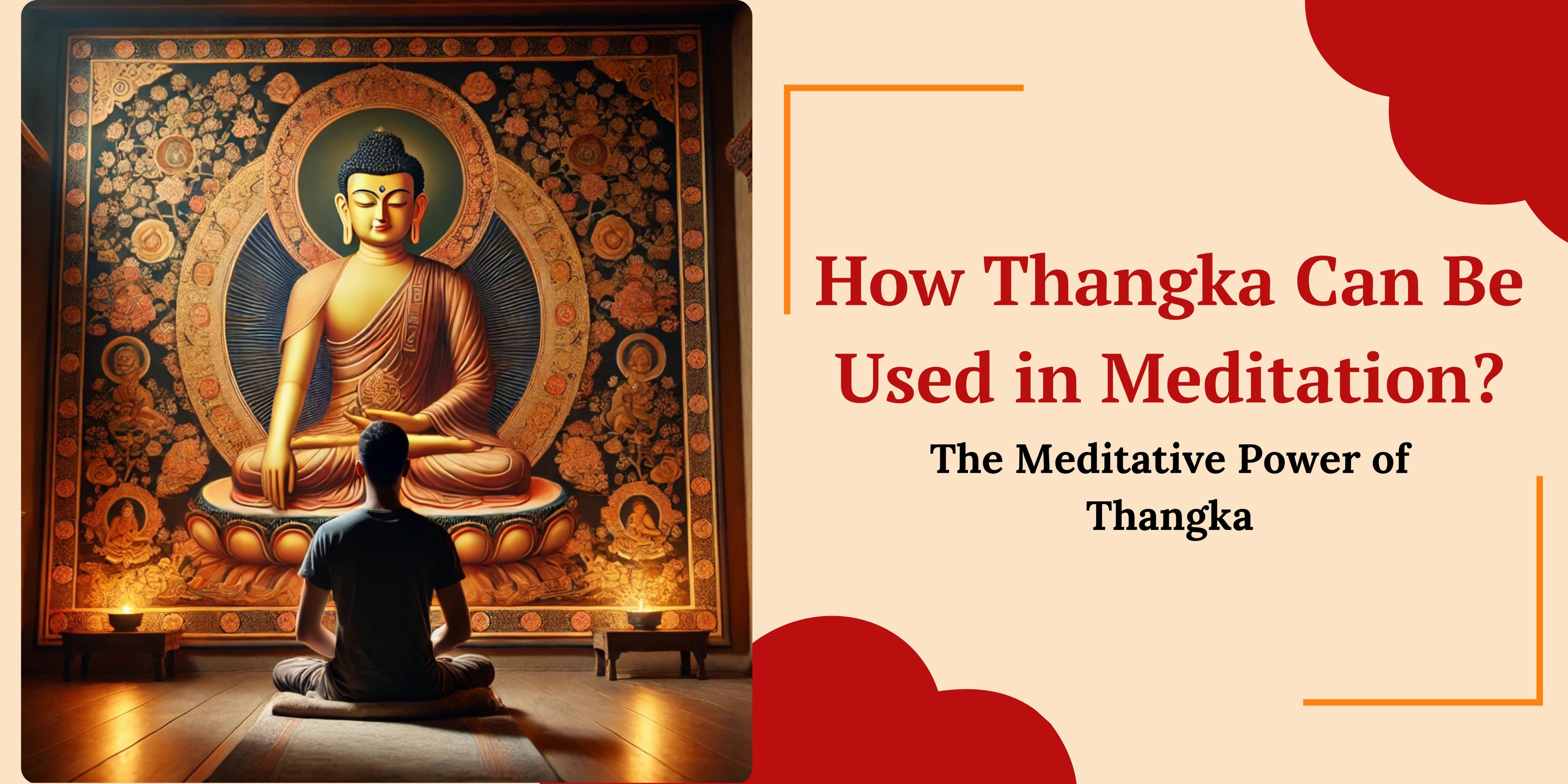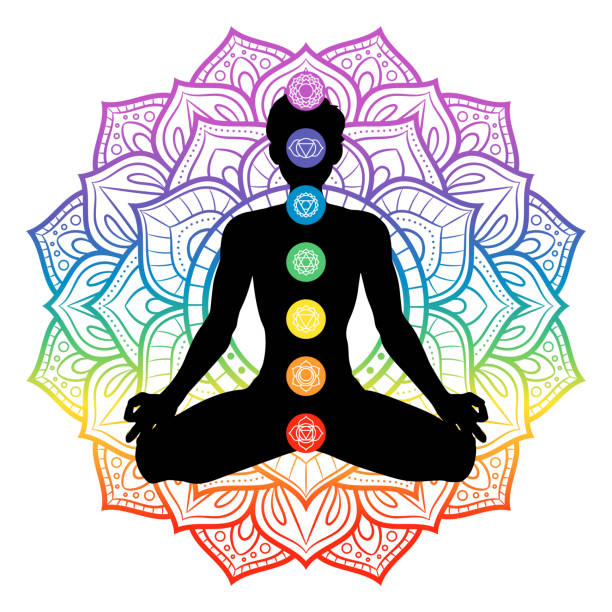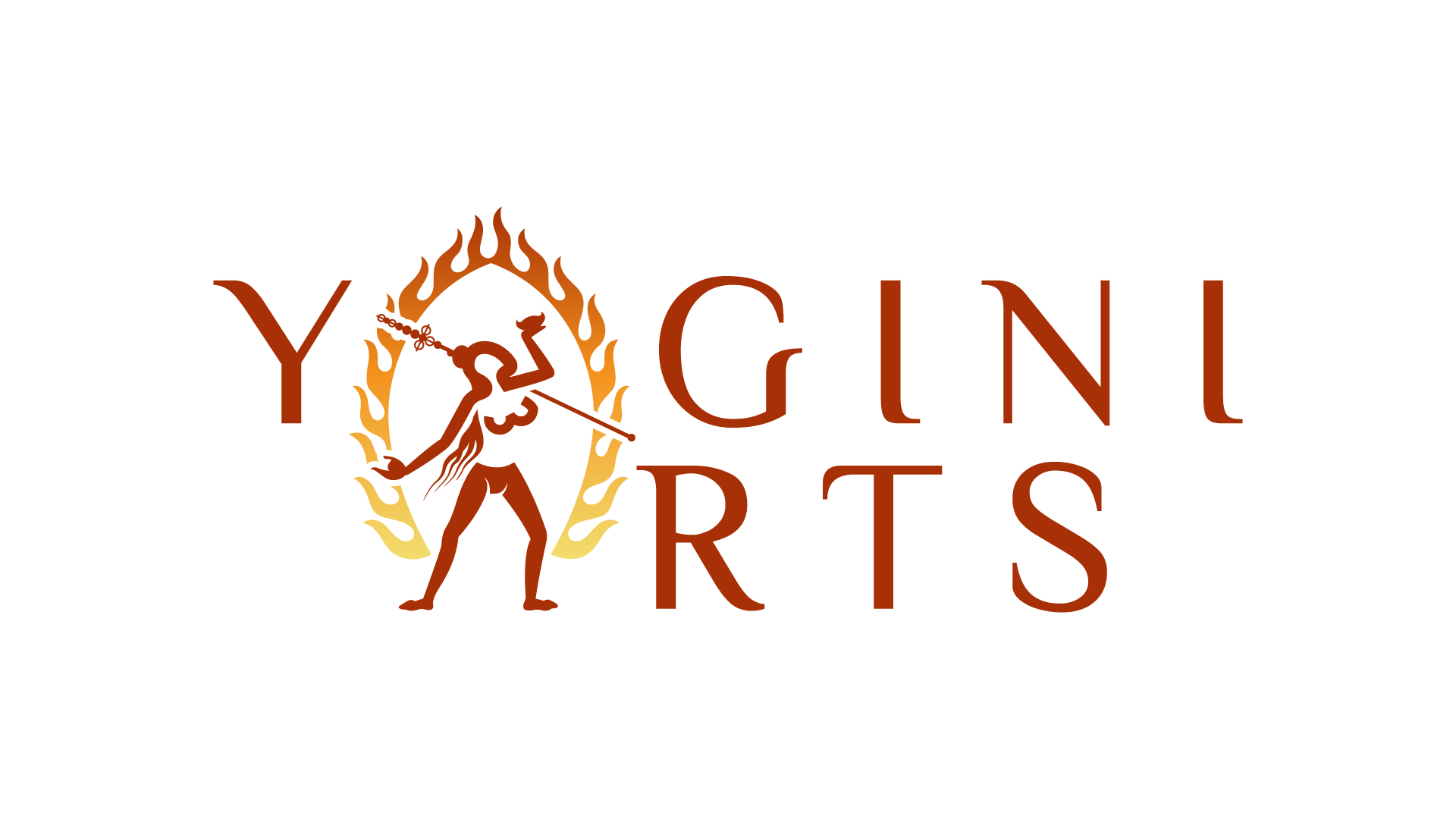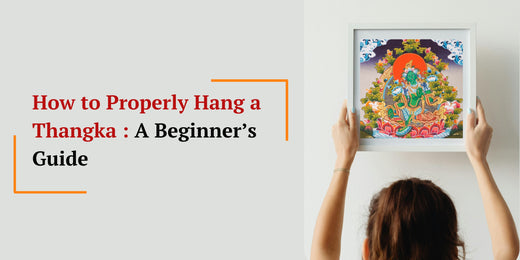
How Thangka Can Be Used in Meditation?
Thangka paintings are more than just exquisite works of Tibetan Buddhist art, they are sacred gateways to enlightenment, guiding practitioners through meditation and self-discovery. These intricate visual representations of deities, mandalas, and sacred symbols hold deep spiritual power, allowing meditators to connect with higher realms of consciousness. If you seek to deepen your meditation practice and align with the universe’s divine energy, incorporating Thangka can be a transformative experience.
Here’s how Thangka can be integrated into meditation practices:
1. Enhancing Focus and Concentration
The human mind responds profoundly to imagery, and Thangkas are designed to captivate and focus it. As you gaze upon a Thangka, its intricate patterns and vibrant colors encourage deep concentration, guiding your attention inward. Unlike abstract meditation, where the mind often wanders, meditation with a Thangka provides a tangible focal point that helps dissolve thoughts naturally into a state of pure presence. This powerful visual connection allows practitioners to avoid distractions and cultivate a deeper state of concentration, enhancing the meditation experience and fostering a profound sense of mindfulness.

2. Guided Visualization
Every Thangka exudes a strong energy that resonates with the spiritual vibrations of the universe. When meditating on a deity Thangka like Green Tara, the symbol of compassion, or Vajrasattva, the purifier, practitioners are able to absorb and embody their divine qualities. This practice helps develop the spiritual attributes represented in the artwork, reinforcing the meditator’s connection to enlightened beings and opening energetic pathways for higher wisdom and blessings to flow into one’s consciousness. By visualizing yourself merging with the deity, you invoke their enlightened qualities, accelerating your spiritual evolution.
3. Contemplation and Reflection
Thangka paintings are not only tools for visualization but also objects for deep contemplation. Every detail, from the placement of figures to the subtle hand gestures (mudras), holds sacred wisdom that can be uncovered through reflection. These artworks offer profound insights into Buddhist philosophy and life, encouraging self-exploration and emotional awareness. As you reflect on the symbols and iconography, you gain clarity on concepts like temporariness, karma, and the path to liberation. In this way, Thangka acts as both a spiritual teacher and a mirror, revealing the inner truths of your being.
4. Mantra Recitation with Thangka
A Thangka featuring a deity often comes with associated mantras that can be chanted while focusing on the artwork, enhancing the vibrational energy and deepening the connection with the spiritual realm. This combination of visual and auditory meditation creates a powerful tool for spiritual transformation, as the synergy of sound and sight amplifies the effectiveness of meditation and mindfulness. For instance, chanting “Om Mani Padme Hum” while meditating on a Thangka of Avalokiteshvara magnifies the vibration of compassion, allowing it to resonate deeply within you.
5. Transforming a Space for Meditation and Healing
A Thangka can transform any space into a sacred sanctuary, whether at home or in a retreat setting. Hanging a Thangka in a meditation area infuses the space with spiritual energy, creating an environment ideal for mindfulness and inner peace. Its presence serves as a reminder of one's spiritual aspirations, fostering a consistent meditation practice and helping to maintain a serene, focused atmosphere. Whether displayed on a wall or placed on an altar, the Thangka elevates the vibrational quality of the space, promoting peace, protection, and spiritual inspiration, making it easier to enter meditative states and receive divine guidance.
6. Chakra and Energy Alignment
Some Thangkas, especially mandalas, are associated with energy alignment and the activation of chakras. Mandalas represent the cosmic order and interconnectedness of all existence, and meditating on a mandala Thangka aligns your consciousness with universal harmony, dissolving the illusion of separation and attuning your spirit to the infinite. These sacred patterns guide the flow of energy in the body, promoting balance, healing, and inner harmony. By focusing on specific chakras, meditators can energize and restore their physical and spiritual well-being, enhancing their overall sense of peace and connection.
7. Transcending the Ego and Attaining Enlightenment
Thangkas are not just visual aids but reminders of the path to enlightenment. Meditating with a Thangka helps reinforce qualities like patience, compassion, and mindfulness, guiding personal growth and transformation. Over time, this practice encourages a more mindful and compassionate life. Thangkas act as spiritual portals, helping dissolve the ego and connect with your highest self, awakening your innate Buddha nature.
Conclusion:
Incorporating Thangka into meditation is a powerful way to deepen spiritual practice, enhance focus, and cultivate inner peace. Whether used for visualization, mantra recitation, or as a sacred presence in a meditation space, Thangkas serve as a bridge between the physical and spiritual realms, guiding practitioners toward enlightenment. By integrating this ancient art form into daily practice, meditators can experience greater connection, clarity, and spiritual fulfillment, allowing the divine art of Thangka to illuminate the path to spiritual awakening.


